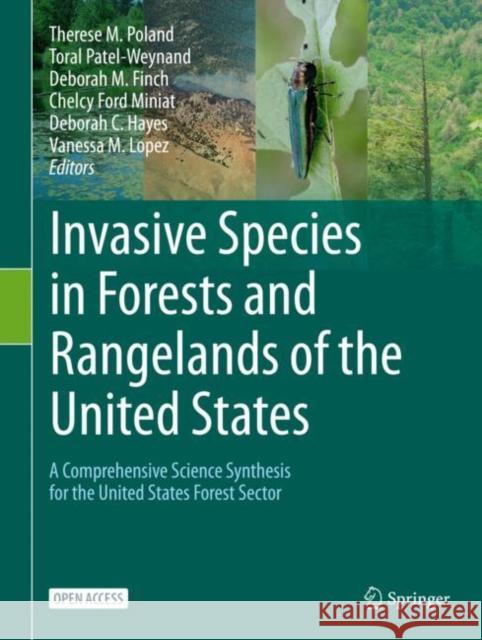Invasive Species in Forests and Rangelands of the United States: A Comprehensive Science Synthesis for the United States Forest Sector » książka
topmenu
Invasive Species in Forests and Rangelands of the United States: A Comprehensive Science Synthesis for the United States Forest Sector
ISBN-13: 9783030453664 / Angielski / Twarda / 2021 / 455 str.
Invasive Species in Forests and Rangelands of the United States: A Comprehensive Science Synthesis for the United States Forest Sector
ISBN-13: 9783030453664 / Angielski / Twarda / 2021 / 455 str.
cena 201,72 zł
(netto: 192,11 VAT: 5%)
Najniższa cena z 30 dni: 192,74 zł
(netto: 192,11 VAT: 5%)
Najniższa cena z 30 dni: 192,74 zł
Termin realizacji zamówienia:
ok. 22 dni roboczych
Bez gwarancji dostawy przed świętami
ok. 22 dni roboczych
Bez gwarancji dostawy przed świętami
Darmowa dostawa!
Kategorie:
Kategorie BISAC:
Wydawca:
Springer
Język:
Angielski
ISBN-13:
9783030453664
Rok wydania:
2021
Wydanie:
2021
Ilość stron:
455
Waga:
1.30 kg
Wymiary:
28.45 x 21.59 x 2.29
Oprawa:
Twarda
Wolumenów:
01











